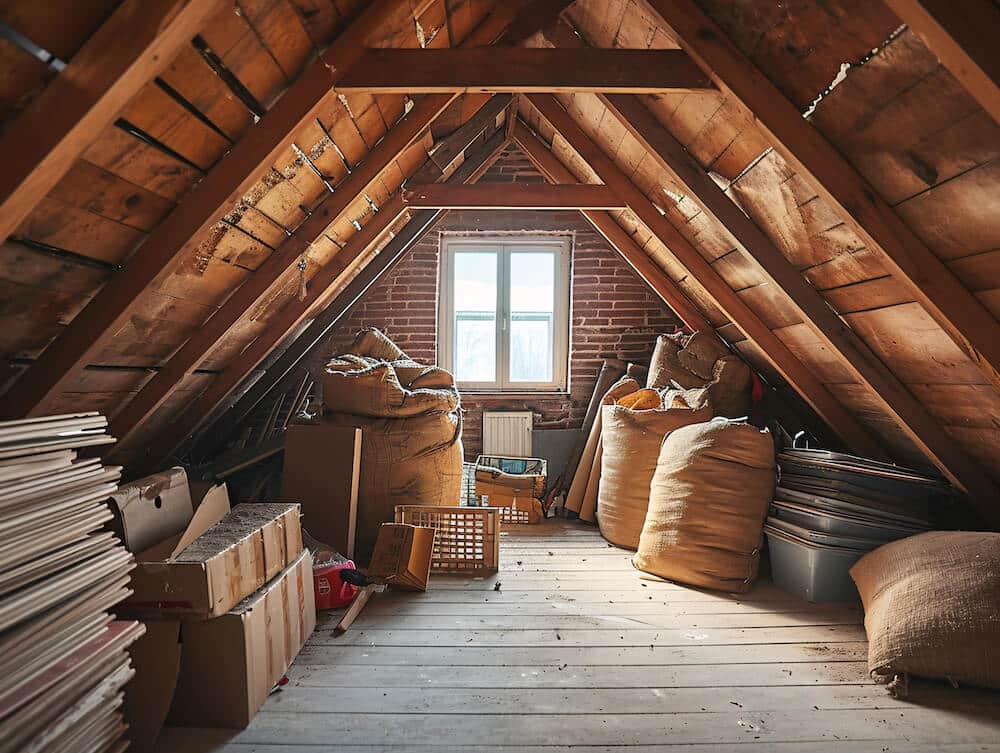How to Air Seal Attic: Essential Steps for Homeowners
Share
When it comes to maintaining a comfortable home, understanding how to air seal attic spaces is vital. Air sealing helps keep your space energy-efficient, ensuring that heated or cooled air remains inside the home, preventing cold drafts in winter and oppressive heat during summer months. In this guide, we will cover the necessary steps for homeowners to effectively air seal their attics, optimizing their living environment and saving on energy bills.

Understanding the Importance of Attic Air Sealing
Before diving into the how of air sealing, it's crucial to grasp why this task should be on your to-do list. Attics are often ignored, yet they are significant points of air leakage in homes. Without proper sealing, conditioned air can escape, causing heating and cooling systems to work harder than necessary, leading to inflated energy bills. Moreover, air leaks can result in moisture problems and pest infestations.
Identifying Problem Areas in Your Attic
One of the first steps in how to air seal attic is identifying areas where air is escaping or entering. Common culprits for air leaks include:
- Electrical and plumbing penetrations
- Attic hatches or doors
- Ductwork and vents
- Insulation gaps
Conducting a simple visual inspection can help you locate most of these leaks. However, you can also employ the use of a thermal camera or smoke pencil to visually see airflow.
Gathering Your Supplies
Before commencing any home project, it's essential to gather all necessary supplies. The following items will come in handy when learning how to air seal attic:
- Foam sealant
- Caulk and caulking gun
- Weatherstripping tape
- Rigid foam boards
- Insulation as needed
- Hand tools such as scissors or utility knives
These materials can be readily purchased from a local hardware store.
Sealing Up the Leaks
Next, you will want to focus on sealing the leaks you identified. Heres a step-by-step process:
- Seal Ductwork: Use duct mastic or metal tape to seal duct joints and connections.
- Close Off Penetrations: Use foam sealant for electrical and plumbing penetrations.
- Weatherstrip Doors: Attach weatherstripping tape around the attic door or hatch.
- Insulate: Ensure that there are no gaps in your insulation, as this can be an avenue for air leakage.
Detailing these actions will create a robust defense against unwanted air flow.
Mold and Pests: A Hidden Threat
Not only does air leakage waste energy, but it can also lead to problems with moisture build-up, allowing for mold to thrive. You can read more about getting rid of mold in attics on our site. Additionally, air leaks might attract various pests, such as squirrels or bats. If you encounter any wildlife in your attic, refer to resources like what to do about animals in the attic.
Inspecting for Mold and Mildew
During your air sealing process, you should also take the opportunity to inspect for mold and mildew. If any is present, immediate action should be taken to eliminate these hazards.
Maintenance After Sealing
The task of how to air seal attic doesn't end after the sealing is done. Regularly inspect your work to ensure no new air leaks develop. Check after household renovations or severe weather changes, as these can affect your attic's integrity.
Moreover, its advisable to check your insulation levels and replace as necessary to ensure optimal energy efficiency year-round.

FAQs About Air Sealing Your Attic
1. How often should I air seal my attic?
Ideally, you should conduct an inspection every few years or sooner if you notice changes in your energy bills.
2. Can I air seal my attic myself?
Yes, many homeowners can accomplish this task with the right tools and materials.
3. What are the benefits of air sealing?
Improved energy efficiency, reduced utility bills, and enhanced indoor air quality are just a few benefits of air sealing.
In conclusion, understanding how to air seal attic spaces can lead to significant improvements in your homes efficiency and comfort. A well-sealed attic will ensure you and your family enjoy a consistent indoor environment while also lowering your energy costs. Dont wait; start your air sealing project today and reap the long-term benefits.
